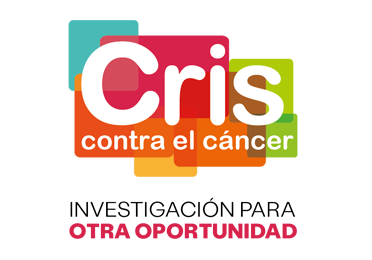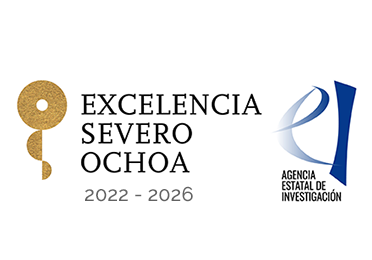
Sample collection for the diagnosis and characterization of cancer is critical. In patients suffering with brain cancer, this has, up until now, proven complicated due to the high risks associated with surgical intervention. The often difficult access to these tumors severely hampers sample collection and the identification and development of safer and less invasive approaches are consequently paramount. The use of cerebrospinal fluid (CSF) as liquid biopsy is rapidly emerging and promises to overcome these challenges.
Recently published in Annals of Oncology*, an elegant review centered on the current status of this approach first-authored by Joan Seoane, Director of Translational Research at VHIO, in collaboration with co-authors Leticia de Mattos-Arruda, Junior Principal Investigator of VHIO’s Applied Genetics in Metastatic Cancer Group; Emilie Le Rhun, Lille University Hospital and Oscar Lambret Center (France); Alberto Bardelli, Candiolo Cancer Institute-FPO/University of Torino (Italy); and Michael Weller, University Hospital of Zurich (Switzerland), updates on the use of circulating tumor DNA (ctDNA) in liquid biopsy as a technique to more precisely police, track and monitor disease in real time towards better guiding treatment decision-making.
“Thanks to our ever-expanding understanding of the genomic and epigenomiccharacteristics of primary cerebral cancers and metastasis in the brain, we are beginning to fully appreciate the complexity of these tumors.” said Joan Seoane, also corresponding author of this present paper.
He continued, “The difficulties in accessing tissue derived from these tumors in the central nervous system have previously slowed us down in identifying biomarkers that can help to more precisely diagnose brain cancer as well as predict patients’ response to treatments,”
The authors analyzed several studies on the use of liquid biopsy in primary and metastatic brain tumors for the diagnosis and follow-up of the disease as well as the detection of mechanisms of resistance or susceptible mutations.
“Liquid biopsy of CSF is showing increasing promise. Blood plasma is low in ctDNA, whereas CSF is enriched in mutations in brain tumors and has been validated,” added co-author, Leticia de Mattos-Arruda.
Malignant neoplasms of the central nervous system are highly heterogeneous. The identification and follow-up of specific molecular features through the ctDNA can ultimately be used to advance and potentiate targeted therapies against cancer.
“No biomarker derived from liquid biopsy has yet been validated and integrated into clinical practice for the evaluation and treatment of brain cancers. As a novel approach it is however proving effective in the real time evaluation of malignant disease as well as showing its potential in better guiding the therapeutic management of this tumor type,”
For related VHIO news please see: Liquid biopsy of cerebrospinal fluid for the precise characterization and molecular diagnosis of brain tumors.
###
* Seoane J, De Mattos-Arruda L, Le Rhun E, Bardelli A and Weller M, Cerebrospinal fluid cell-free tumour DNA as a liquid biopsy for primary brain tumours and central nervous system metastases. Ann Oncol. 2019 Feb 1;30(2):211-218. doi: 10.1093/annonc/mdy544.








